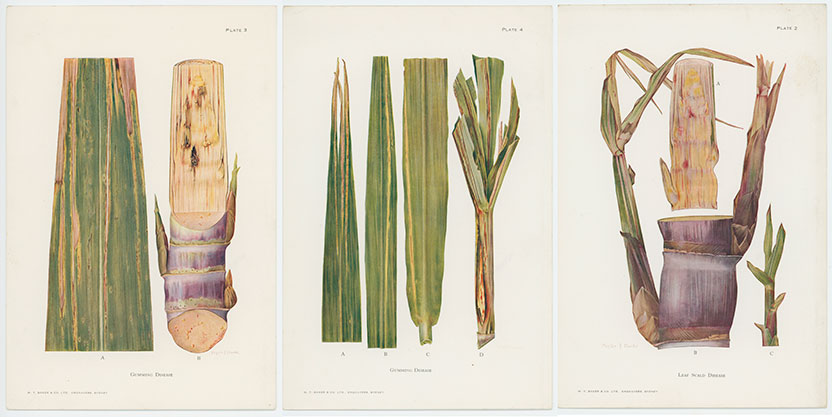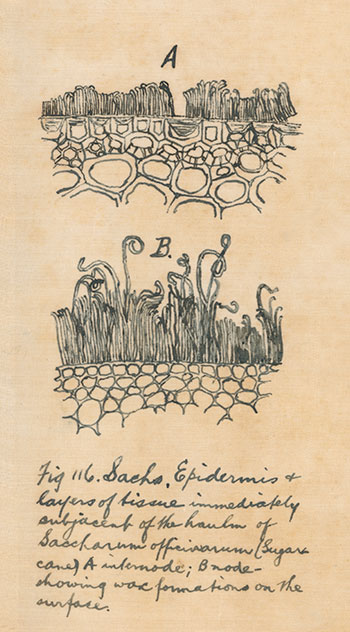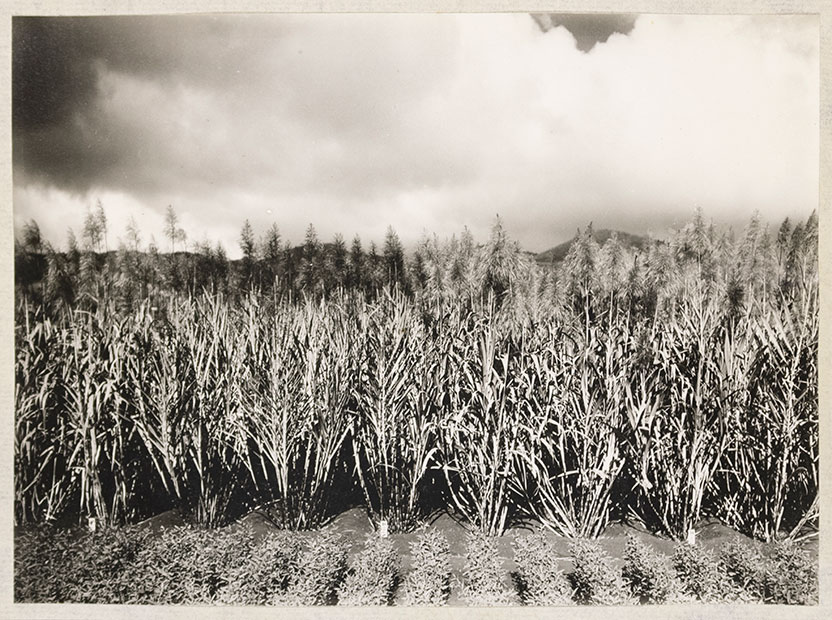Agricultural scientists today know that sugar cane crops regularly succumb to pests and diseases and need to be replaced by new varieties. A century ago, Australian cane growers were slowly coming to this realisation as one crisis after another led to Queensland and New South Wales becoming a home for almost every known ailment that plagued the plants.
A collection of manuscripts held in the Australian Academy of Science archives showcases a little-known multi-decade effort by science, industry and the farming communities of north-eastern Australia to combat the problem.
The material has been digitised and is now freely available through the Academy online catalogue.

David Shepherd North (1882–1967) started his career as a laboratory assistant with the Colonial Sugar Refining Company (CSR) in 1900. CSR was the dominant sugar-producing firm in the country at the time, and much of its success was due to the deliberate instilling of scientific literacy among its workers. The company was in the habit of recruiting overseas-trained graduate engineers and industrial chemists and regularly sending staff out of the country to learn about the newest agricultural research developments.
The uncontrolled outbreak of sugar cane diseases was an existential threat, and CSR quickly recognised the need for a university-trained plant pathologist. They had no luck finding one in Australia. Instead, David North was given special training by the University of Sydney and the Linnean Society of New South Wales—the question of what precisely he learned was never spelt out and has long troubled researchers.
The only hint appears to be in North's handwritten notebooks at the Academy, which reveal a broad and eccentric study of botany, bacteriology, entomology, and plant science.

It is tempting to think that all science of significance naturally makes its way into the published sphere, but North left very few papers on his work. Instead, he produced many thousands of pages of correspondence, reports and photographs showing the slow progress of his research over almost 40 years.
The North Collection reveals communication between the Australian sugar industry and other cane sugar-producing countries. It covers North's early career study of cane cultivation, pests, and diseases in Hawaii and Indonesia and touches on his work to identify Fiji disease and the subsequent development of a control scheme often credited with saving the Fijian sugar industry.
Records describe efforts to identify the many diseases plaguing Australian sugar cane. They show research undertaken into the cause of these diseases, methods for their control, and the breeding of new cane varieties. North’s work inspired the sugar industry to train and employ plant pathologists in increasing numbers. His correspondence with Arthur Bell, the pathologist at the Bureau of Sugar Experimentation Stations in Queensland, was particularly significant and helped foster many years of collaboration between the two organisations.
The success of cane disease control methods like quarantine zones and planting of approved disease-resistant varieties hinged on cooperation with nearly 8,000 sugar cane growers scattered across the north-eastern Australian landscape. CSR held farm demonstrations on recognising healthy planting material, and North travelled between sugar-producing districts, reporting on cane cultivation competitions designed to popularise improved practices and demonstrate their benefits.
Cooperation between plant pathologists and sugar cane farmers over the following decades eradicated many agricultural diseases and underpinned a considerable expansion in sugar production and export. The North Collections follows this story as it unfolds, describing how Australia went from an epicentre for sugar cane disease to a country where science led the way in sustaining one of its most critical industries.

The Academy thanks philanthropist Mr David Anstice, whose support made digitising this collection possible. If you would like more information about supporting the archive digitisation project, please contact Kate Groves, our Philanthropy Manager at philanthropy@science.org.au.
© 2025 Australian Academy of Science